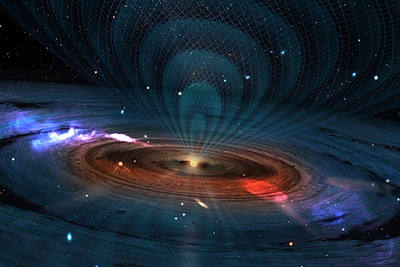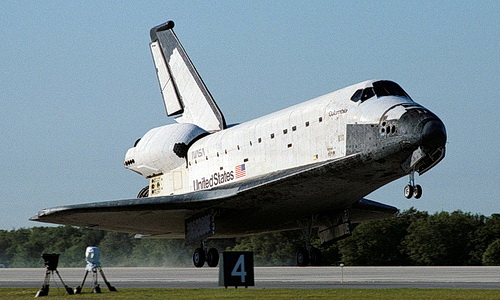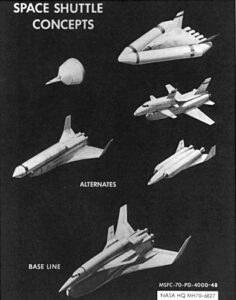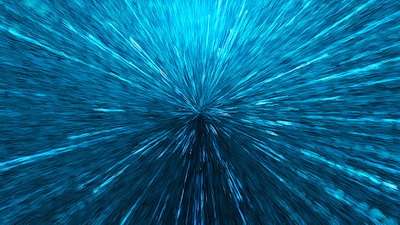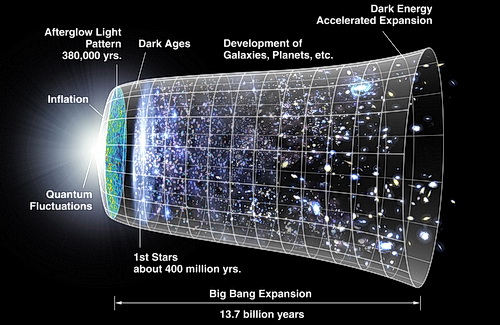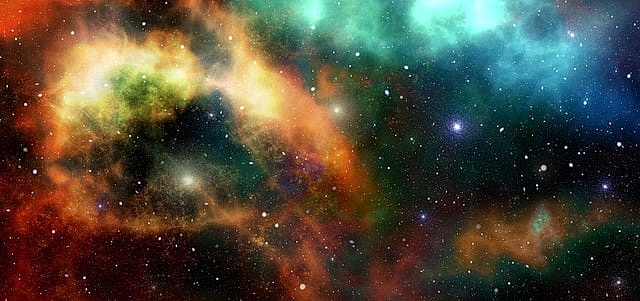
Overview
The power of steam has had a significant impact on the history of humankind and the concept of how they work is fascinating. From the Industrial Revolution to the modern day, steam engines have been used to power the world in a variety of ways.
In this article, we’ll take an in-depth look at how steam engines work and the impact they’ve had on history. We’ll explore the science behind how steam is generated and how its energy is used to power machines.
We’ll also discuss the various applications, from powering locomotives to generating electricity. By the end of this article, you’ll have a comprehensive understanding of the science, history, and impact of steam engines.
History
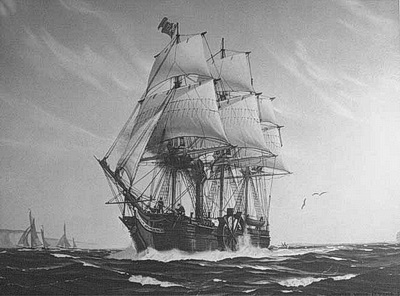
The first steam engines were used in the mid-17th century to pump water out of gold and silver mines. The first steam-powered ship, the SS Savannah was launched in 1819. However, it wasn’t until the mid-19th century that steam engines were widely used for industrial production.
While the first steam-powered locomotive was built in 1829, it wasn’t until the 1850s that railroads began to widely use them.
The Industrial Revolution was a time of incredible innovation and growth in the mid-19th century. The invention of the steam engine during this period greatly contributed to its growth.
Many of the machines and products we use every day were first developed during this period. Engines powered by steam were used to power textile mills and other industries. They drove a variety of machines, from looms to cranes. They were used to power the bellows (furnaces) for forges. Forges were used to make swords, knives, agricultural tools, and many other metal products.
How Steam is Generated
Before we can discuss how steam engines work, we first need to understand how the energy source for these engines is produced.
Boiling Point
Steam is the result of water being heated past its boiling point. When water is heated past 212° F (100°C), it turns into a gas, which is steam. The result is that the volume of steam (the amount of space that a substance or object occupies) is always greater than that of water; therefore, it will want to push its way out of the container if the container is not large enough to hold it.
This is why it is recommended not to place aerosol spray cans near heating sources. The spray is in liquid form but if it is near a heating source and the liquid starts to boil and turns into steam, there is a chance that the can will explode since the steam needs to expand.
The mechanism for Boiling the Water
Boilers are what are used to boil the water into steam. There are several types of boilers, but they all have one thing in common: they are enclosed vessels that contain water.
Steam boilers are used to power a variety of machines. The most well-known application was to power locomotives. As we mentioned above, when water is converted into steam, the steam will push its way out and if this force of pressure is harnessed in a way that it can be regulated, it becomes a source of energy that can become very useful.
In the steam engine, there are openings in the boiler to let the steam out, and when this steam comes out, it becomes a force pressure on which anything it touches will have an effect; in other words, if there is a wheel barrel next to where the steam is thrust out, it will propel the wheel barrel quite a distance.
Enter the Piston

If the steam is connected to a piston, which is a cylindrical body inside a container (noted in green), usually metal that slides down when a force hits it (in this case steam), it will move, and if another object is connected to the piston, (where the white hole is at the bottom) such as a wheel, the piston will then move the wheel.
Now picture a row of pistons set up to move when the power of the steam hits on it, it can then move any number of wheels.
Pistons have an additional feature and that is their ability to move back up to the top of their cylinder once the force of the steam stops, and if this process is regulated so that the steam comes out at regular intervals, the wheels that the pistons are connected to will keep on rolling.
This is how steam locomotives work, not to mention steamboats and machinery in factories as you will read further on.
Steam engines are also used to generate electricity in power plants. When it is generated in a boiler and then forced through a turbine, it spins a wheel, which is connected to a generator. This generates electrical energy via electromagnetism (the creation of electric current by spinning magnets).
Applications of Steam Engines
Locomotives
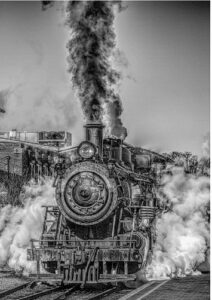
Locomotives were all the rage in the 19th and early 20th centuries and it was the most common application of steam engines during the Industrial Revolution.
They were used to pull freight and passenger trains and were especially useful for transporting goods over long distances since they were much more efficient than horse-drawn wagons.
Additionally, these trains were able to climb steep hills.
Ships
Many people think that steam engines came into widespread use on land, but they were also used to power ships. Ships were initially powered by wind and muscle power, but when the power of steam came along, they were used to power commercial ships in the early 1800s.
Steam engines were used in larger ships, such as steamships, which sailed between Europe and the United States. A perfect example is the Titanic. Although it came to a tragic end it was a giant and beautiful steamship that traveled across the Atlantic and powered everything from the kitchen cooking appliances to the giant pistons that moved the ship.
Automotive
Steam engines are used to power automobiles in two ways. Some steam cars use a steam engine to power the wheels. Others use steam to generate electricity that can be used to power an electric motor. Steam cars have a long history dating back to the early 1900s. They were used throughout the 20th century until they were largely replaced by internal combustion engines.
Factories
Another common use was to power factories. They were used to mass-produce goods, and the engines were used to power the machinery that was used to produce goods, such as lathes, looms, and other industrial machinery.
Modern-Day Uses of Steam Engines
As we progress into the 21st century, the employment of steam is still being used for various purposes. They are often used in remote areas, such as deserts and mountains, where electrical grids are not available. In these areas, steam engines generate electricity.
Power Generation
Electrical power plants are no exception and there are still power grids in the US and around the world that use steam to generate electricity. The steam used in a power plant is usually generated by burning coal or natural gas, which then drives the pumps that transport water uphill.
Conclusion
The impact of steam engines on history can’t be overstated. It is estimated that steam engines powered about 90% of the world’s industrial production around the start of the 20th century, which greatly contributed to the growth of many industries.
The textile industry, for instance, could not have grown to its current size without the use of steam. They were used to power the looms that were necessary for producing textiles on a large scale. Steam engines also helped transform the iron and steel industry. Before the invention of steam engines, the iron was produced in small forges. Once steam engines were used in forges, iron production could be carried out at larger scales. It also contributed to the growth of agriculture by powering irrigation systems.

